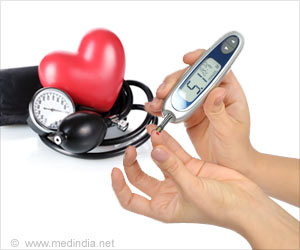The findings revealed no differences between higher-level athletes (athletes competing at national or international level) and lower-level athletes (recreational athletes and athletes competing at regional/district level).
However, younger athletes (aged 15-24 years) reported more menstrual dysfunction and fewer current or past eating disorders than older (aged 25-45 years) athletes.
Based on the type of sport they were engaged in, it was found that restrictive eating and menstrual dysfunction were more common among athletes competing in lean sports (endurance, aesthetic, weight class, and antigravitation sports) than those competing in non-lean sports (ball games, as well as technical and power sports).
These findings highlight that athletes should pay attention to problems with eating and the menstrual cycle in the early phase to prevent longer-term issues.
Restrictive eating and weight optimization are commonly used methods to improve performance, but in some cases that can lead to injuries and missed training days.
The data collected in this study is based on a survey at a one-time point, so they were not able to interpret the causality between eating and menstrual cycle issues and injuries.
Source: Medindia



